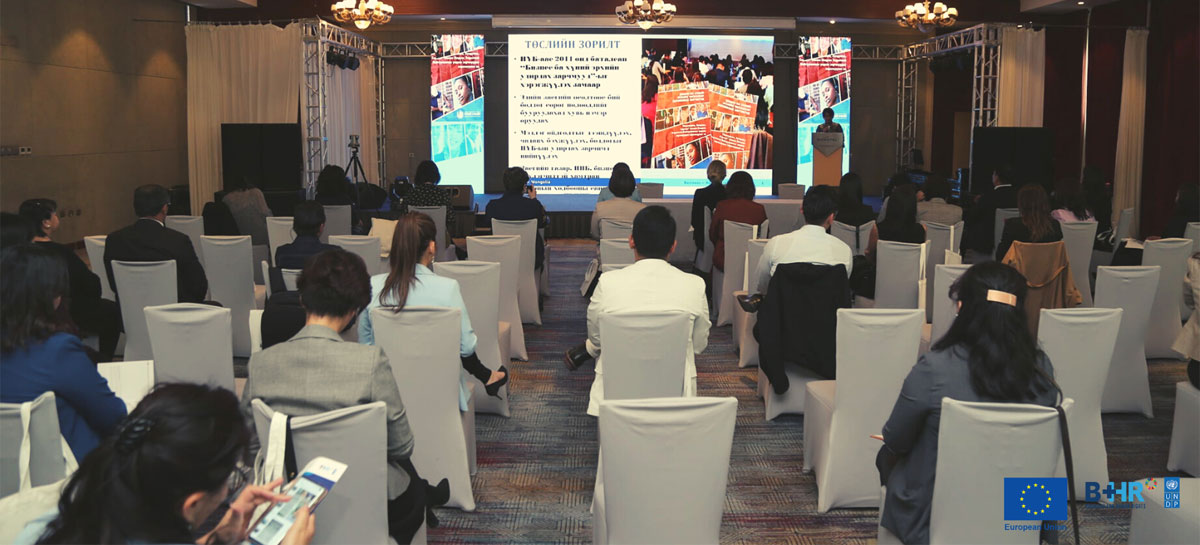Asia in Focus:
Clean Air
and
the business
and human
rights agenda

Asia in Focus:
Clean Air
and
the business
and human
rights agenda


International human rights instruments
Human right to a clean, healthy and sustainable environment (HRC/RES/48/13)
“Even non-binding resolutions like these [HRC/RES/48/13] prove to be a good tool for civil society organisations to fight for justice, particularly for the most disadvantaged and under-represented sections of society.”
- Hemantha Withanage, Senior Advisor, Centre for Environmental Justice (Sri Lanka)
Human right to water and sanitation (UNGA/RES/64/292)
Source: UNDP Sri Lanka
UN Guiding Principles on Business and Human Rights
The UNGPs are a set of guidelines for States and businesses to follow to prevent and address human rights abuses committed in the context of business operations. The guidelines are based on three pillars, commonly referred to as the ‘Protect, Respect and Remedy’ framework. The first pillar involves the State’s duty to protect against human rights abuses by third parties, including business enterprises. The second pillar focuses on the responsibility of businesses to respect human rights. Finally, the third pillar involves the need for both State and businesses to provide access to effective remedy.46
 UN Guiding principles on Business and
Human Rights
UN Guiding principles on Business and
Human Rights
Pillar 1: The State duty to protect human rights
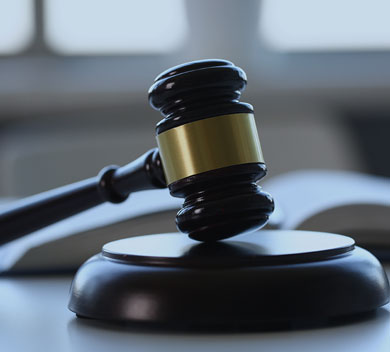
The first pillar of the UNGPs focuses on the State's obligation to respect, protect and fulfil human rights and fundamental freedoms. To implement this duty, the guiding principles recommend the setting of clear expectations, such as relevant legal guidelines for businesses, that must be followed by both domestic and foreign businesses within the State’s jurisdiction. Setting clear expectations ensures predictability for businesses by signalling a consistent message applicable to all enterprises.
In the context of the State’s responsibility, Foundational Principles 4 and 5 state that:
Principle 4: “States must protect against human rights abuse within their territory and/or jurisdiction by third parties, including business enterprises. This requires taking appropriate steps to prevent, investigate, punish and redress such abuse through effective policies, legislation, regulations and adjudication.”47
Principle 5: “States should set out clearly the expectation that all business enterprises domiciled in their territory and/or jurisdiction respect human rights throughout their operations.”
Pillar 2: The corporate responsibility to respect human rights
The second pillar of the UNGPs focuses on the corporate responsibility to respect human rights. To carry out this responsibility, business enterprises are required to comply with all applicable local and international laws, but also go further and address any human rights risks or adverse human rights impacts of their operations. The UNGPs provide the necessary context for businesses to understand their responsibilities in taking steps to mitigate air pollution resulting directly from their operations.
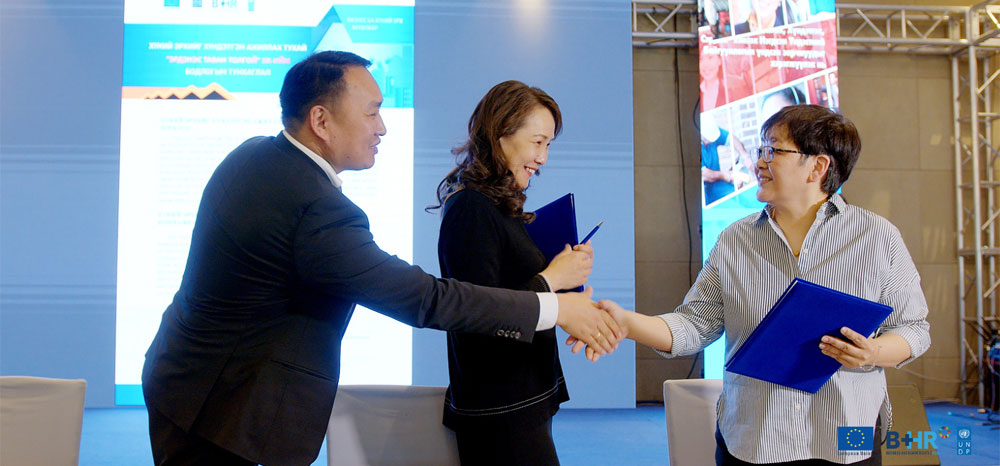
Source: UNDP Business and Human Rights Asia
Guiding Principle 14 states, “The responsibility to respect human rights requires that business enterprises:
(a) Avoid causing or contributing to adverse human rights impacts through their own activities and address such impacts when they occur;
(b) Seek to prevent or mitigate adverse human rights impacts that are directly linked to their operations, products or services by their business relationships, even if they have not contributed to those impacts.”48
Pillar 3: Access to remedy
The final UNGP pillar outlines State and corporate responsibilities with regard to ensuring the appropriate judicial and legislative mechanisms are set up to address and remediate grievances and regulatory breaches.
Guiding Principle 25 states that: “As part of their duty to protect against business-related human rights abuse, States must take appropriate steps to ensure, through judicial, administrative, legislative or other appropriate means, that when such abuses occur within their territory and/or jurisdiction those affected have access to effective remedy.”
However, the onus does not rest solely with the State. Guiding Principle 29 provides that: “to make it possible for grievances to be addressed early and remediated directly, business enterprises should establish or participate in effective operational-level grievance mechanisms for individuals and communities who may be adversely impacted.”
Notable instances of litigation cases involving air pollution in Asia49
Jakarta air pollution lawsuit (2019, Indonesia)
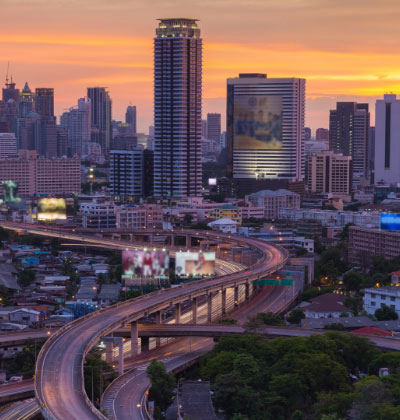
Segovia et al. v. Climate Change Commission et al. (2017, Philippines)
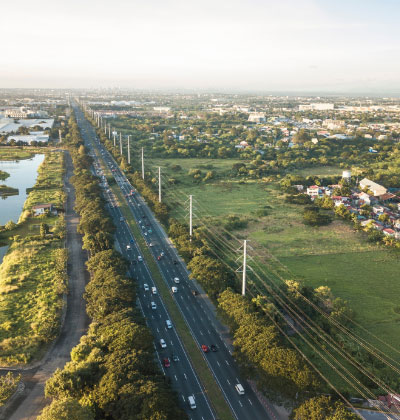
Petitioners took legal action against the government demanding immediate and concrete action to reduce air pollution from transport emissions. The petitioners required the government to take steps to reduce ‘personal and official consumption of fossil fuels’ by at least 50%, implement road-sharing schemes, allocate open spaces for urban farming and release more financial resources to mitigate environmental pollution. However, the lawsuit was dismissed by the Supreme Court as it failed to fulfil all the legally required criteria for the issuance of writs.
Court on its own motion v. State of Himachal Pradesh & Others (2014, India)
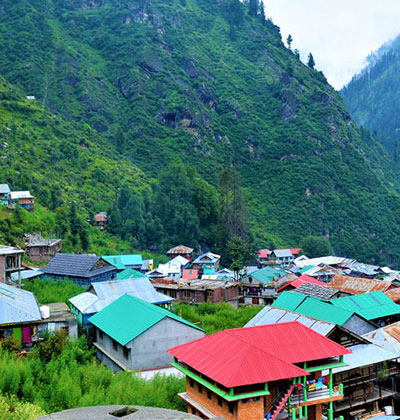
India’s National Green Tribunal (NGT) issued directives to protect ecologically sensitive areas in the glaciers of Himachal Pradesh. It argued that increased tourism activity in the region, and the resulting pollution from fossil-fuel-powered transport vehicles, was releasing unburnt hydrocarbons and carbon soot into the atmosphere. This was leading to the blackening of snow cover, which was affecting glaciers in the mountains. The NGT ordered the State of Himachal Pradesh to take steps to reduce air pollution in the region, through measures such as restricting transport in some regions to clean fuels or electric vehicles, random pollution checks and a reforestation programme.
Henares v. Land Transportation Franchising and Regulatory Board (2006, Philippines)
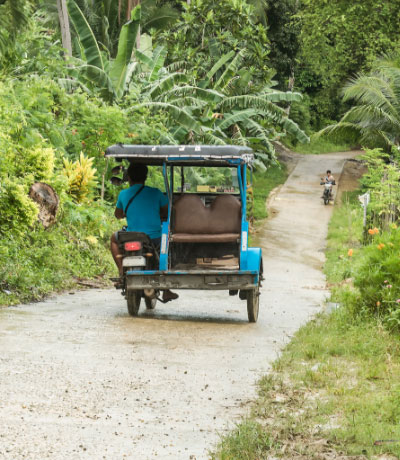
Petitioners brought a motion to the Supreme Court of the Philippines asking government agencies to mandate that public utility vehicles use clean transportation fuel (compressed natural gas) as a replacement for polluting fossil fuel. They alleged that emissions from fossil fuels were causing serious respiratory problems among citizens and that fossil-fuel-powered vehicles lead to air pollution that violates citizens’ right to clean air. In its judgement, the Supreme Court said that while the petitioners had legal standing—stemming from the right to clean air enshrined in the Philippines’ constitution—the requested writ of mandamus was inappropriate in this situation. Such a writ can only be issued to enforce a particular duty under law, and no law mandating the use of clean transport fuel exists.50
Matthew Lukose & Others v. Kerala State Pollution Control Board & Others (1990, India)
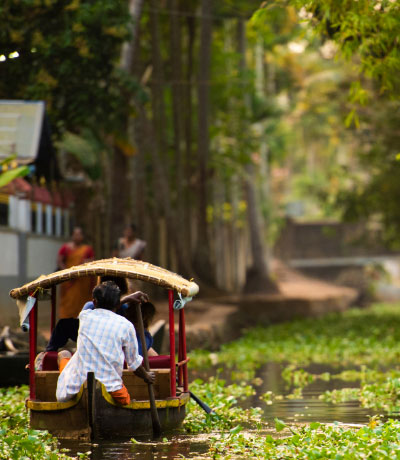
Petitioners brought legal action against Travancore-Electro Chemicals Industries Limited in the state of Kerala, for causing water and air pollution in neighbouring regions. They also sued the Kerala State Pollution Control Board for failing to prevent the entity from releasing these effluents and not taking steps to mitigate the harm resulting from them. The court found Travancore-Electro Chemicals Industries guilty of violating the national air pollution act and invasion of citizens’ constitutional right to life. As part of the verdict, the court suggested the creation of a national agency with powers to plan and enforce compliance. The court ordered the polluting industrial plant to comply with existing pollution norms within three months or to cease operations.






